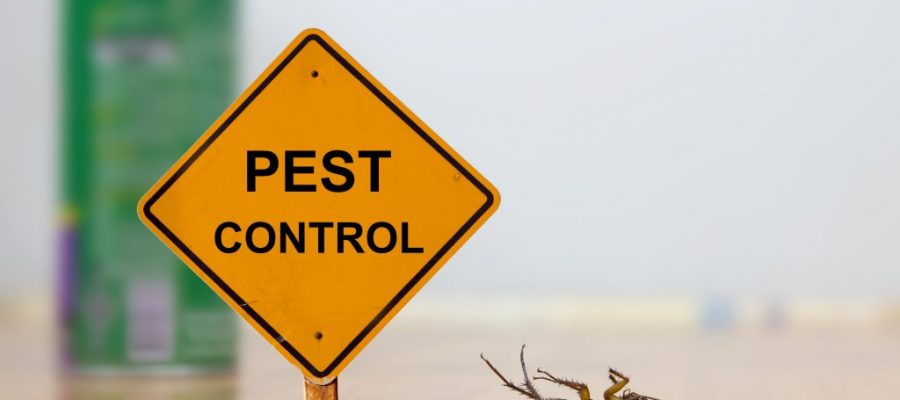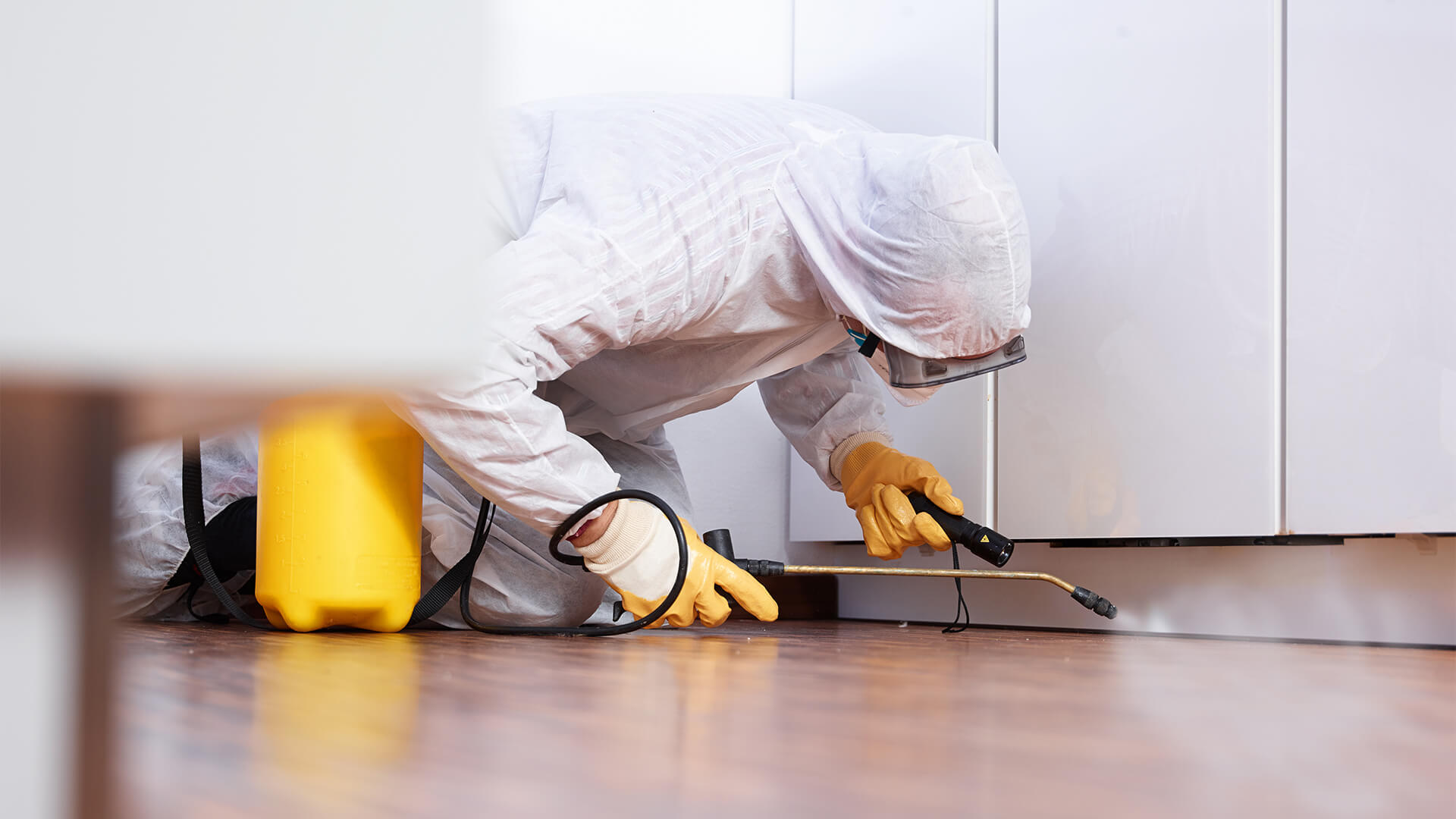Eco-Friendly Bug Control Approaches for Handling Wildlife in Urban Areas
Urban locations typically find themselves at the junction of human activity and wildlife, bring about one-of-a-kind challenges in bug administration. Eco-friendly methods highlight sustainable conjunction, using methods such as environment adjustment and natural repellents to minimize human-wildlife disputes. These approaches not only shield the setting however likewise improve community engagement in wild animals monitoring. As city populaces continue to expand, comprehending the characteristics of wildlife communications ends up being significantly critical. What cutting-edge approaches can be executed to guarantee both eco-friendly equilibrium and city security? Exploring this question exposes a compelling landscape of potential solutions.
Recognizing Urban Wildlife Dynamics
Recognizing Urban Wildlife Dynamics is vital for creating effective and environmentally friendly bug control approaches. Urban areas are progressively becoming habitats for various wild animals types, driven by elements such as habitat fragmentation, food availability, and human advancement. Identifying these dynamics permits a nuanced technique to pest administration that straightens with environmental principles.
Urban wildlife frequently consists of species such as raccoons, squirrels, and birds, which adapt to city settings, finding niches in eco-friendly rooms, parks, and even property locations. Their visibility can result in conflicts with people, especially when they make use of personnels for food and shelter. Comprehending the behaviors and ecological functions of these species notifies techniques that decrease adverse interactions while advertising biodiversity.
Moreover, recognizing the interdependencies within city ecosystems assists in identifying vital locations for environment preservation and remediation. This expertise contributes to the development of incorporated pest monitoring (IPM) strategies that think about the eco-friendly equilibrium, therefore minimizing dependence on dangerous chemicals. By promoting conjunction between humans and metropolitan wildlife, cities can create much healthier atmospheres that benefit both citizens and regional environments, leading the way for sustainable metropolitan living.
Natural Repellents and Deterrents
All-natural repellents and deterrents offer a lasting option to standard bug control techniques by taking advantage of the power of nature to maintain undesirable varieties away. These environmentally friendly solutions usually utilize plant-based active ingredients, essential oils, and various other normally occurring materials that deter insects without harming the environment.
One effective all-natural repellent is peppermint oil, which is known to push back rats and pests. Its solid aroma is unpleasant to several bugs, making it a prominent choice for metropolitan settings. Vinegar and citrus peels can serve as deterrents, as their strong smells are usually unappealing to various wildlife.
Additionally, diatomaceous planet is an all-natural powder that can be spread out in areas prone to bug activity, successfully dehydrating and preventing insects without posturing dangers to non-target types. Garlic sprays and neem oil are acknowledged for their capability to push back a vast array of pests, including both bugs and bigger wildlife.
Executing these all-natural repellents not just decreases reliance on chemical pesticides yet also promotes a much healthier urban ecosystem, cultivating a much more balanced coexistence between people and wild animals. By making use of these methods, urban locations can effectively take care of insect populaces while minimizing ecological effect.
Environment Modification Strategies
Efficient habitat modification techniques play a vital duty in sustainable insect management by changing the setting to make it much less for pest problems. By recognizing the ecological dynamics of metropolitan locations, homeowner can carry out tactical alterations that discourage bugs while advertising biodiversity.
(Interior Pest Control)One main technique includes preserving appropriate sanitation. This includes routine waste elimination, protecting garbage can, and removing standing water to minimize reproducing websites for insects and rodents. In addition, landscape design methods such as selecting native plants can boost environmental equilibrium, offering environments for advantageous microorganisms while decreasing sources for bugs.
Another important strategy is to seal entrance points in structures. Inspecting and repairing cracks in foundations, walls, and his comment is here windows can considerably decrease insect gain access to. Producing physical obstacles, such as fences or plant barriers, can inhibit wildlife activity right into human-inhabited areas.
Integrated Pest Administration Practices
Structure upon environment alteration methods, incorporated parasite administration (IPM) techniques supply an all natural strategy to managing bug populations while reducing environmental impact. IPM integrates numerous approaches, including biological, social, mechanical, and chemical controls, to accomplish efficient pest monitoring.
Organic control involves the intro of natural predators or parasites to decrease insect populaces. Social practices, such as plant turning and cleanliness, interfere with pest life process and decrease their habitats - Pest control service. Mechanical controls, like traps and barriers, supply immediate remedy for parasite stress without chemical treatment
Chemical controls are made use of as a last option, concentrating on targeted applications that limit damage to non-target species and the setting. The selection of eco-friendly pesticides, when necessary, is indispensable to the IPM structure. In addition, monitoring parasite populations and analyzing potential damage aids notify decision-making, making sure that treatments are prompt and reliable.
Area Participation and Education And Learning

(Spider exterminator Port Charlotte)Workshops and informative sessions can furnish citizens with expertise regarding indigenous types, habitat conservation, and effective non-toxic pest administration techniques. Collaboration with institutions, local companies, and government agencies further improves academic outreach, making certain that crucial information reaches diverse audiences.
In addition, community-led efforts, such as neighborhood clean-up days and habitat restoration tasks, not only advertise biodiversity however likewise strengthen area connections. Pest control service. By encouraging residents to share their experiences and observations, communities can establish targeted approaches that resolve particular neighborhood insect concerns
Integrating feedback from residents right into pest administration prepares enables a much more receptive and adaptive method to wildlife difficulties. Ultimately, informed and engaged areas are essential to attaining long-lasting success in environment-friendly insect control, bring about healthier city environments that appreciate both human and environmental demands.

Verdict
To conclude, environment-friendly insect control approaches deal lasting services for taking care of metropolitan wild animals. By prioritizing environment modification, using all-natural repellents, and implementing integrated parasite administration practices, communities can cultivate a harmonious coexistence with regional animals. Involving citizens via education improves recognition and encourages accountable wild animals communications. Eventually, these techniques not only safeguard biodiversity however additionally promote environmental wellness, ensuring city locations continue to be vivid ecological communities where human beings and wild animals thrive with each other.